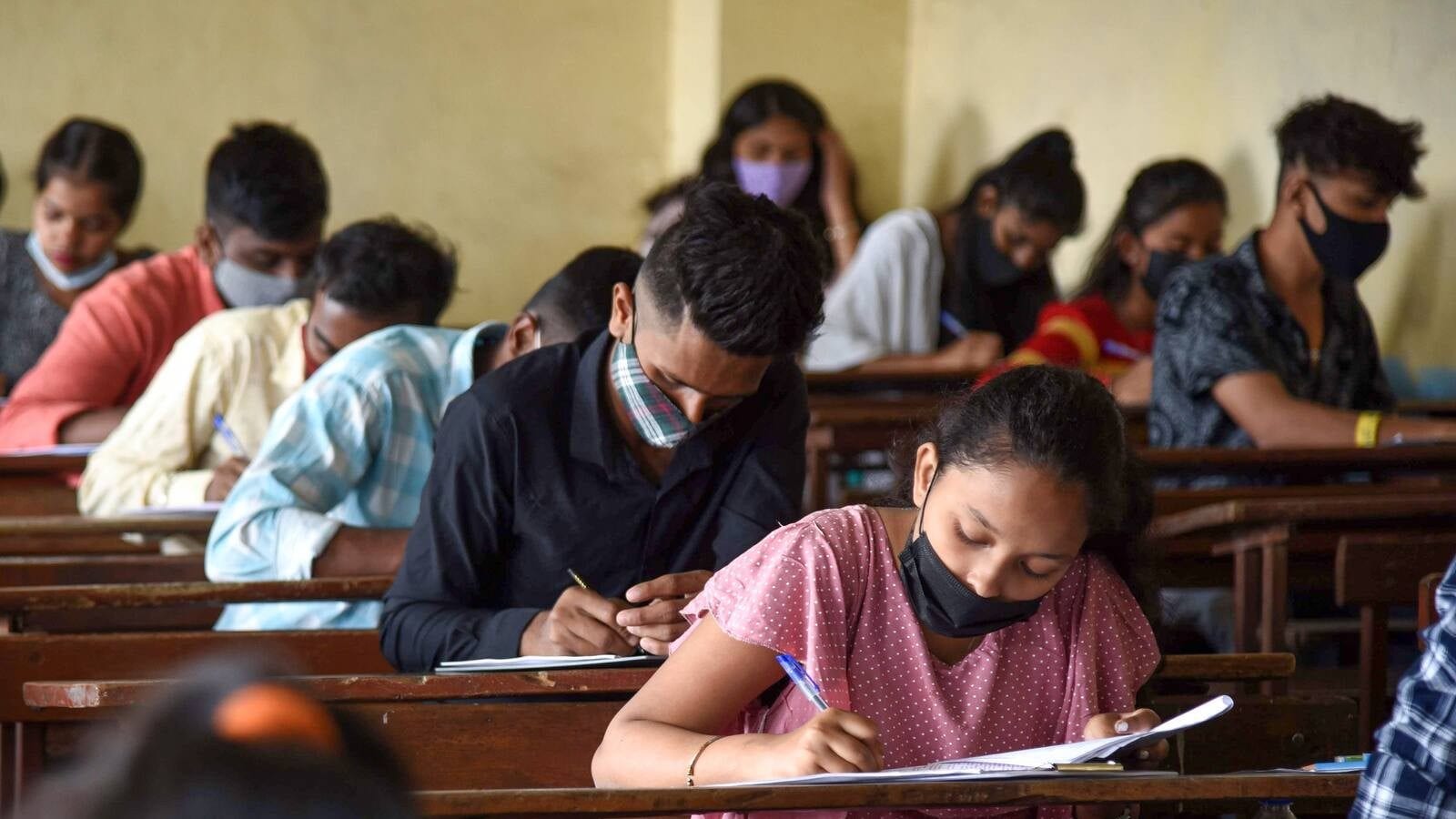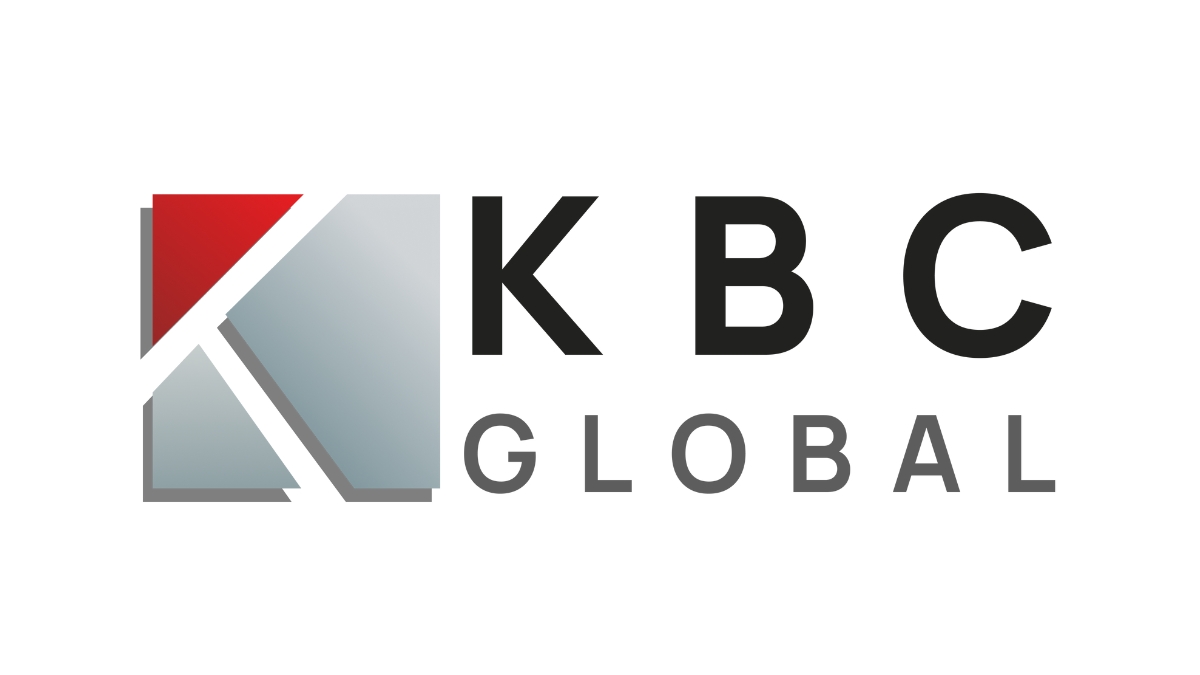What Education Experts Hope For This Year?

What do education experts hope for in the union budget 2023? (Representative image)
Education Budget 2023 Expectations: India can achieve the goals of NEP 2020 through the proper allocation of resources and their effective utilisation, believes experts
While the government did add a slew of measures during the Union Budget last year, including the digital university initiative, the one-class-one channel initiative, PM Gati Shakti Master Plan, tele-mental health, we need to do a lot more if India has to become a truly digital hub of the world, says Prof YSR. Murthy, founding vice chancellor, RV University.
The budget committed last year to the education sector was 2.6 per cent, the expectation is that at least 3-3.5 per cent of the budget will be allocated to be spent on education, if not 6 per cent, says Sri Bharat Mathukumilli, president of GITAM and founder of Kautilya School of Public Policy. In the Union Budget 2022, a total of Rs 1,04,278 crore was allotted to the education sector. This was a rise of Rs 11,054 crore from 2021. The education budget allocation was Rs. 93,223 crores in 2021.
“The major spending has to come from the private sector and there is huge demand. Good B-Schools generally receive not less than 5,000 applications against say 240 seat availability, implying a demand of more than 20 times the available supply. With such supply, the higher education market is certainly a sellers’ market,” said Dr VP Singh, Professor of Economics, Great Lakes Institute of Management, Gurgaon.
India can achieve the goals of NEP 2020 through the proper allocation of resources and their effective utilisation, believes Prof Murthy. “As two-thirds of the higher education sector is in the hands of the private sector, it is time to encourage private corporate philanthropy in a big way through fiscal and other incentives. We need to create an enabling environment to let the private sector come forward and establish new institutions. Ease of doing business is more important here than anywhere else,” added he.
“There is an urgent and important need to transform the education system. For example, modern tools like ChatGPT require institutions to have a strong technology infrastructure and skilled human resource teams that understand how to deal with this rapid change in technology. The government has the desire to increase the gross enrollment ratio (GER) in higher education to 50 per cent However, the institutions that are fueling this growth are largely private institutions. On the contrary, the support they get is very limited,” added Mathukumilli.
Proper utilisation of allocations would lead to changes mentioned in the NEP 2020said Dr Silpi Sahoo, Chairperson, SAI International Education Group. “This could include providing free or subsidized tuition, upgrading school infrastructure, setting up scholarships and grants, and involving technology-based learning. An elaborate focus and allotment towards revised learning methods like situated learning environment (SLE), vocation/internship (hard skills), and incentives for employers to invest in talent pipelines can be expected.”
A scholarship must be set up related to the higher education sector with a corpus of Rs.1,000 crores contributed by the top 1000 corporations of the country. This should be run by an eminent independent board and the government must provide full matching grants as well as providing tax exemption of up to 300 per cent for all contributions, says Prof Murthy.
Dr Sahoo further adds that facilitating formal partnerships with eminent universities abroad to offer online and hybrid degree programmes in order to achieve the GER targets set by the government is relevant to consider this year. She further added that some sections of funds be allocated for wellness schemes and programmes by qualified professionals to provide students with the apt guidance and support to help them learn coping strategies and build resilience, thereby creating a conducive environment for learning.
Read all the Latest Education News here

Atul Tiwari is a seasoned journalist at Mumbai Times, specializing in city news, culture, and human-interest stories. With a knack for uncovering compelling narratives, Atul brings Mumbai’s vibrant spirit to life through his writing.





